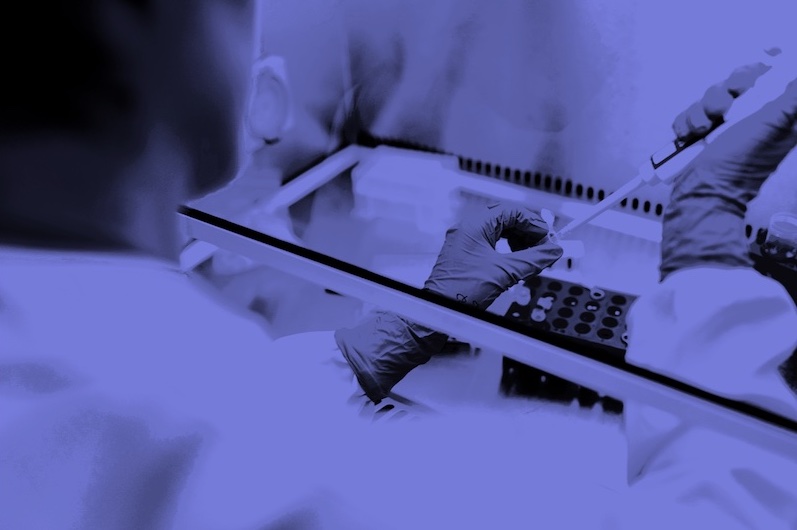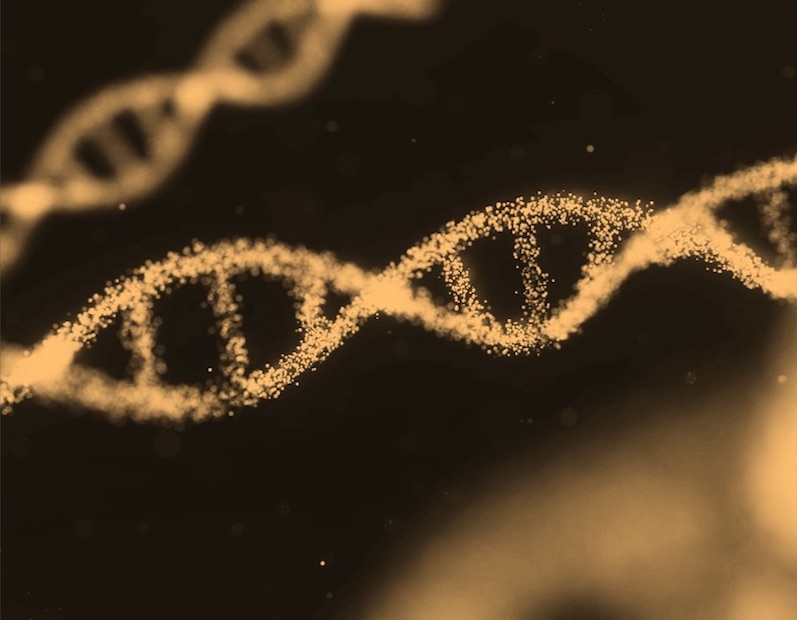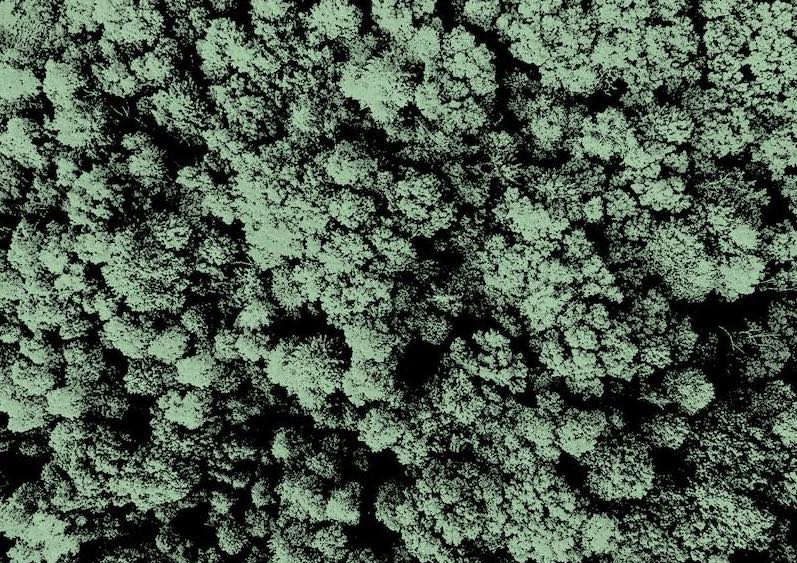What is it about?
In auditory evoked potentials (= AEP), auditory brainstem response (= ABR) is the gold standard for objective analysis of the auditory pathway using acoustical stimulators like headphones during hearing screening and patient assessment. Where no response can be recorded, electrical stimulation can be used in pre-, intra-, or postoperative scenarios to confirm the excitability of the auditory nerve (= eAEP). In eAEP, the recording of brainstem response (= eABR) is mostly the method of choice. Sometimes in eABR, the stimulation artifact can not only harden but even prevent the detection of the response waveforms.
Featured Image

Photo by jesse orrico on Unsplash
Why is it important?
Many factors can influence the stimulation artifact when recording an eAEP. Neurological recording systems are recommended as well as some approved AEP systems traditionally used in ENT for amplification to avoid large stimulation artifacts in the response waveforms, but able to recover in <1 ms from saturation. High stimulation rates (~90 Hz) can lead to overlapping of the response waveforms with the following stimulation artifact. In preoperative eAEP, stimulation artifacts are often high due to extra-cochlear stimulation. In intra- and postoperative eAEP, the artifact is lower and mostly similar across patients.
Perspectives

The recommended recording systems show low stimulation artifacts in almost any case for intra- and postoperative eABR. In contrast, later responses, like electrically evoked auditory middle-latency response (= eAMLR) and electrically evoked auditory late response (= eALR), are less affected by artifacts. The stimulation artifact can be a problematic factor. Depending on the EP system, intra- and postoperative eABR can be challenging when trying to record the response waves. Where possible, clinicians should think about eAMLR or eALR for results with less stimulation artifact. Finally, the most important factor remains using a recording system that can handle the stimulation artifact. We do not recommend recording devices with high artifacts for preoperative eABR. For intra- and postoperative eABR, the recommended systems can prevent challenging recording.
Dr. rer. biol. hum. Daniel Polterauer
Ludwig-Maximilians-Universitat Munchen
Read the Original
This page is a summary of: Reducing artifacts in electrically evoked auditory potentials (eAEP), Current Directions in Biomedical Engineering, December 2024, De Gruyter,
DOI: 10.1515/cdbme-2024-2124.
You can read the full text:
Contributors
The following have contributed to this page








